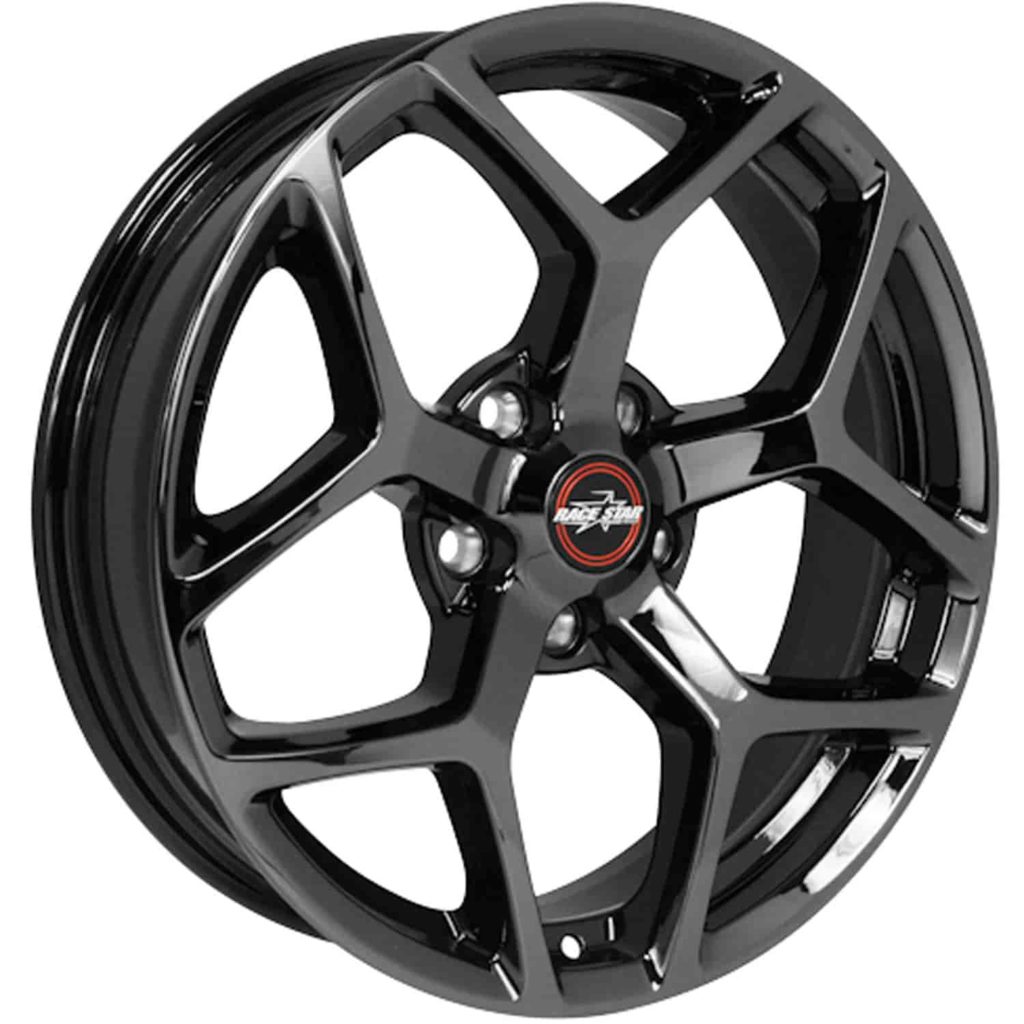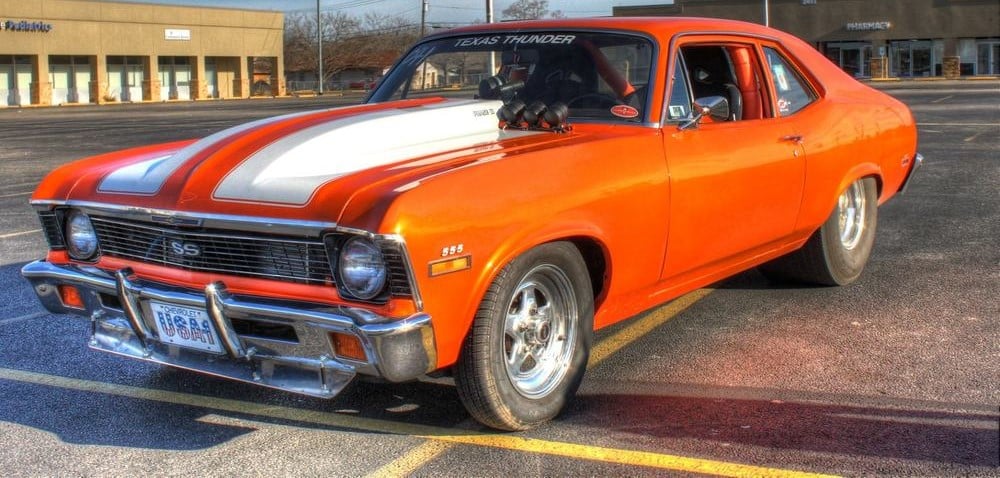
When it comes to racing, the right rim size can significantly impact your car's performance and handling. While larger rims offer improved grip and braking performance, smaller rims can enhance ride comfort. In this article, we will explore the factors to consider when selecting the ideal rim size for racing, helping you find the sweet spot that matches your driving style and racing goals.
What Is Rim Size And How Is It Measured?
Rim size refers to the diameter of the rim from edge to edge and is measured in inches. Over the years, rim sizes have increased, with larger rims becoming popular for their aesthetic appeal and performance benefits. However, it's essential to find the right balance between rim size, tire size, and vehicle clearance to optimize performance.
Rims And Tires
When upsizing your rims, you need to bear in mind that as well as needing new tires, you should choose an appropriate tire size to ensure that the circumference of the wheel and tire assembly remains as close to stock as possible. This is because increasing it may cause rubbing against wheel arches, steering and suspension components, as well as cause speedometer errors since a larger tire will cover more ground with each revolution, and speedometers calculate road speed by reading revolutions. Speedometers can easily be recalibrated in most cases, but modifications to avoid rubbing against wheel arches and critical components is rather more involved.
The Impact of Rim Size on Performance
- Braking Abilities: Larger rims permit the installation of bigger brakes, resulting in enhanced braking capabilities. This is crucial for high-performance racing, where precise control and stopping power are essential.
- Tire Selection: When upsizing rims, it's crucial to choose appropriate tire sizes to maintain the correct circumference. This ensures that the tire and wheel assembly align with the vehicle's stock specifications, avoiding rubbing against wheel arches and other components.
- Ride Comfort vs. Handling: Smaller rims with taller-profile tires can provide a more comfortable ride, especially on rough roads. However, this trade-off may result in a slight decrease in handling performance due to increased sidewall flex.

Why Larger Rims?
Most people fit larger rims on their vehicle because they simply look cool. Larger rims, coupled with low-profile tires have become the in vogue look for vehicles, although there remains a small segment who admire a meaty tire on a suitably sized rim. Larger rims also permit installation of wider tires, resulting in better grip and braking performance since larger rims tend to be wider as well. Getting to braking, larger rims are necessary if you want to upgrade your brake discs to larger units, and thus you have no choice if you’re upsizing the discs since stock rims are typically sized to accommodate stock brake discs with very little tolerance for upsizing.
Why Smaller Rims?
Why would you want smaller rims? Well, sometimes smaller rims coupled with a meatier, taller-profile tire can actually look better than a wheel and tire combo that’s all rim with a black rubber band strapped around it. There is a faction that enjoys this look. However, if you’re downsizing your rims, you need to ensure that your brake discs can accommodate it, or else you won’t be able to get the smaller rim on!
Another reason for smaller rims is that they improve ride comfort due to the larger profile tire. Of course, there is a trade-off in handling performance, and a small loss of braking performance as well due to what’s known as increased sidewall flex, but for those who regularly traverse rough roads, it’s an acceptable trade-off.
The Sweet Spot for Racing Wheels
When it comes to racing, the sweet spot for wheel size is typically in the range of 17 to 18 inches. This size allows for optimal grip and traction, while also offering adequate clearance for larger brake discs. However, if your racing car requires even larger brake discs, the smallest rim size will be dictated by the necessary clearance.
Factors to Consider:
- Racing Discipline: Different racing disciplines have specific requirements, and the choice of rim size should align with your racing goals. For drag racing, slicks with larger rims may be ideal, while road racing might benefit from a balanced approach between rim size and tire profile.
- Driving Style: Your driving style and preferences also play a role in selecting the right rim size. Some racers prefer the look of larger rims, while others prioritize performance and handling.
- Budget: Consider your budget for both rims and tires, as larger rims and low-profile tires can be more expensive. Finding the right balance between performance and cost is crucial.
Rims, Wheels And Everything Performance – Think JEGS
Choosing the best rim size for racing involves finding the sweet spot that maximizes grip, traction, and braking performance while considering other factors like ride comfort and budget. Assessing your racing goals, driving style, and the specific demands of your racing discipline will guide you toward the optimal rim size for an exhilarating and successful racing experience.
Remember, JEGS offers an extensive selection of high-performance wheels and tires from top brands. With their knowledgeable tech staff, you can get expert advice to find the perfect racing wheels for your needs. So, go ahead and gear up for a thrilling racing journey with the right rim size from JEGS!





